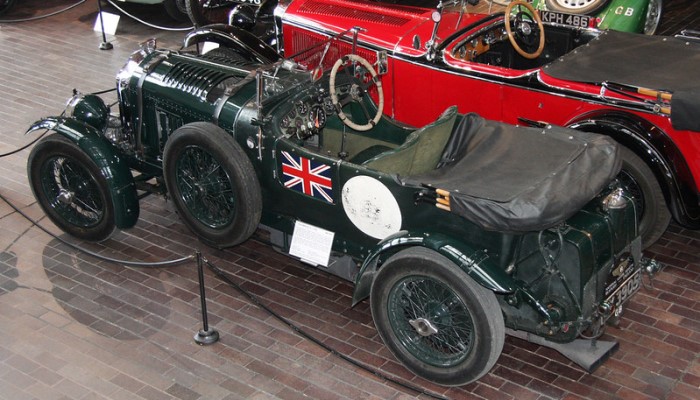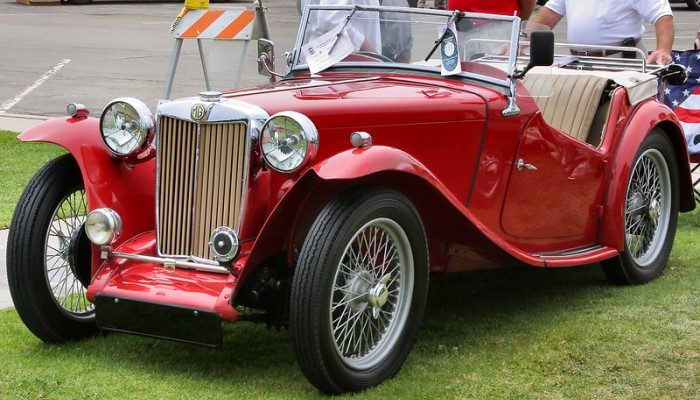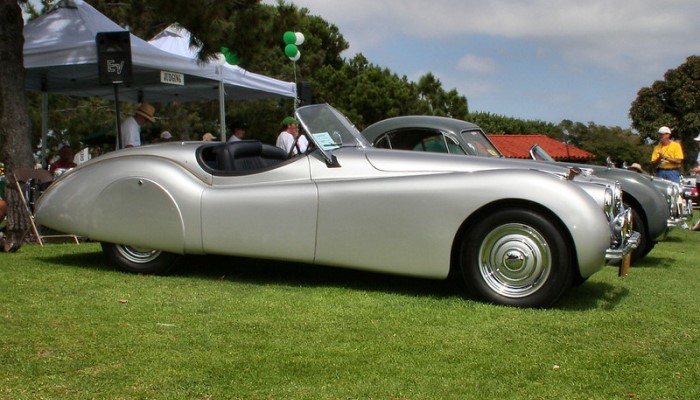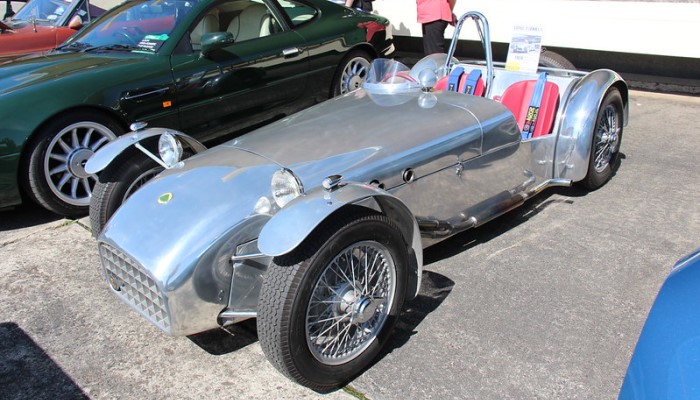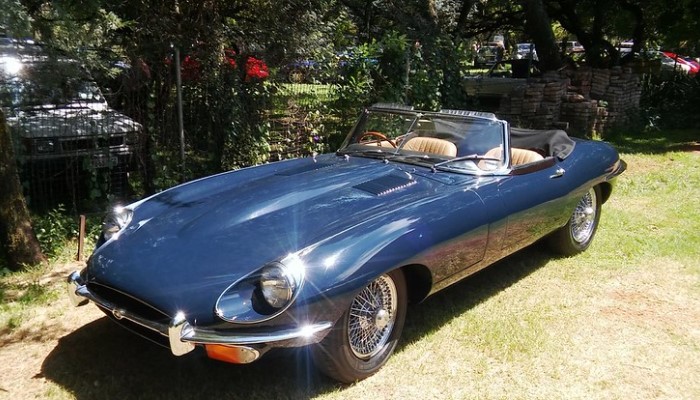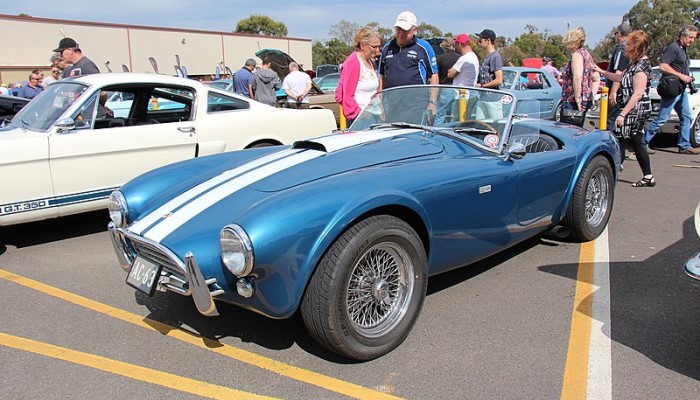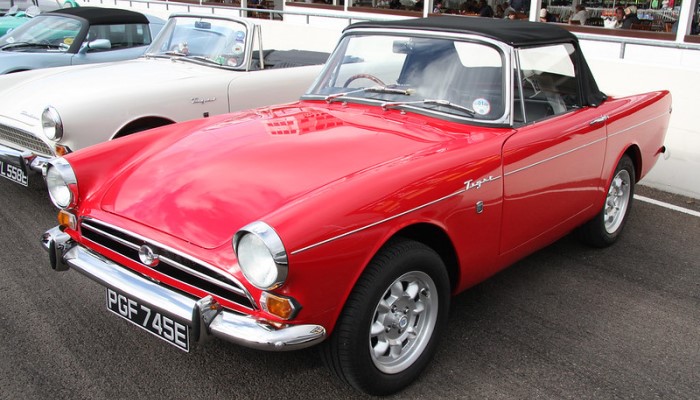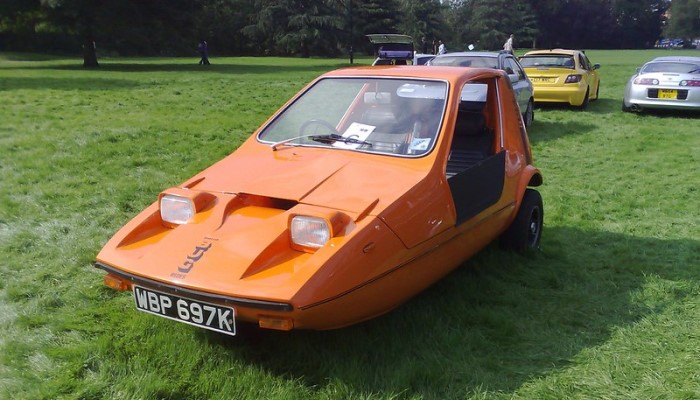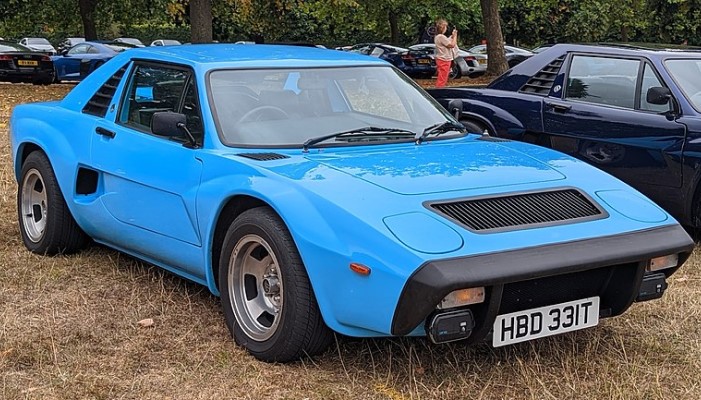British Cars
British cars had a distinctive and sometimes odd design that set them apart from their contemporaries. They were often boxy, with unique features like pop-up headlights or tailgates that opened in unexpected ways.
Owning a British car was like playing a game of chance. These vehicles were notorious for their unreliability, with breakdowns and mechanical issues being a common occurrence.
It was almost like a rite of passage for British car owners to carry a toolbox and a spare set of parts at all times.
British cars had a love-hate relationship with rust. Their bodies seemed to have a magnet-like attraction to this corrosive menace. It was not uncommon to see a British car with rust spots dotting its surface, giving it a certain rustic charm.
British car owners were well acquainted with the frustration of electrics that seemed to have a mind of their own. Electrical gremlins lurked in every nook and cranny, causing everything from flickering headlights to mysteriously malfunctioning wipers. Owning a British car meant embarking on an electrifying adventure.
British cars often had a sporty appearance, with sleek lines that hinted at their potential for high performance. However, this promise was often let down by underpowered engines that struggled to reach respectable speeds. It was like having a greyhound's body with the heart of a turtle.
Despite their quirks and flaws, British cars exuded a certain classic charm that endeared them to car enthusiasts. They had an undeniable charisma that made them a beloved part of Britain's automotive history.
From the iconic Mini Cooper to the elegant Jaguar E-Type, these cars had a personality that still resonates today.
British cars were unapologetic about their Britishness. They embodied the idiosyncrasies and eccentricities that were quintessentially British.
Whether it was the Union Jack detailing or the luxurious leather interiors, these cars proudly waved the British flag in the automotive world.
In summary, British cars before 1990 were a blend of quirkiness, unreliability, and classic charm. Their unique design, love-hate relationship with rust, electrical woes, and underwhelming performance all contributed to their distinct character.
Yet, despite their flaws, they remain an important part of automotive history and continue to hold a special place in the hearts of enthusiasts.

Unique Car Zone Team
A group of several fans of everything that moves on four wheels, a few article creators, a couple of marketing strategists, designers, web developers, and lots of coffee.
Bentley 4½ Litre Blower
The idea for the Blower came from racing driver Tim Birkin, who proposed installing a compressor on a Bentley 4½ Litre to make it more powerful than the huge Speed Six.
MG TC Roadster
The MG TC roadster was in production for only three years, but during this period it managed to find more than 15,000 fans for its perfect proportions and technical advantages.
Jaguar XK120
This model has been developed and improved over many years. Its engine was created during the Second World War. Serial production of the Jaguar XK120 was not intended by its creator.
Lotus Seven
The first Lotus Seven had a Ford engine with a displacement of 72 cu in (1172 cc) and a power of 40 hp at 4500 rpm, which allowed it to develop 81 mph (130 kph) and accelerate to 60 mph (96.6 kph) in 16.2 s.
Lotus Elite Type 14
It was this model that became a turning point in the history of the company. The Elite was Lotus' first creation, designed more for "peaceful" road travel than uncompromising racing.
1961 Jaguar E-Type
Few cars managed to cause such a stir with their appearance as the Jaguar E at the 1961 Geneva Motor Show. This car replaced the XK series, which has been on sale since 1948.
AC Cobra
In April 1962, the first Cobra, painted bright yellow, captivated the audience at the auto show in New York. Potential buyers were able to be convinced that the business was booming.
Sunbeam Tiger
The prototype was shown in July 1963. Lord Rootes personally drove the car and was very pleased with it. Rootes personally went to Henry Ford II to negotiate the supply of engines.
Bond Bug
The coolest and most unusual British minicar was the Bond Bug 700. It was also the most beautiful, because all the other minicars had a very specific design. The background to the appearance of this minicar is simple.
AC 3000ME
Meanwhile, a group of enthusiasts led by Peter Bohanna built a prototype sports car with a design that was quite modern for the time.
